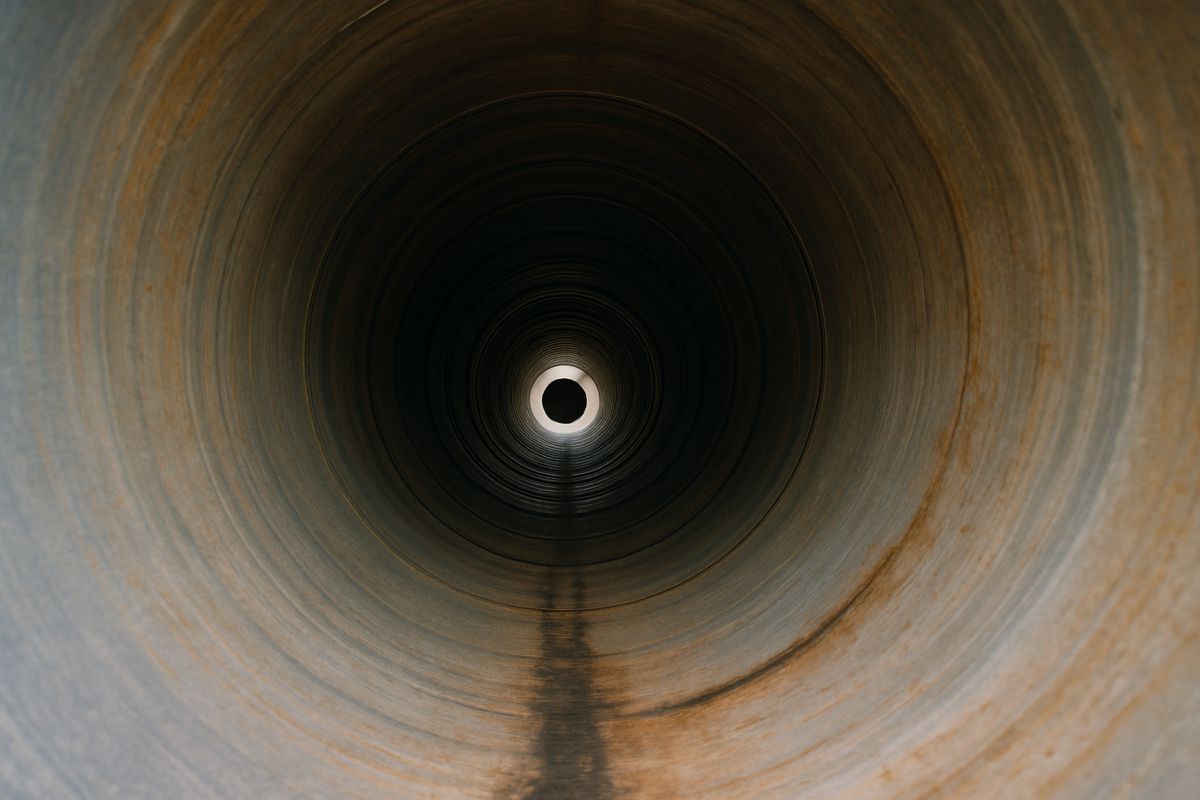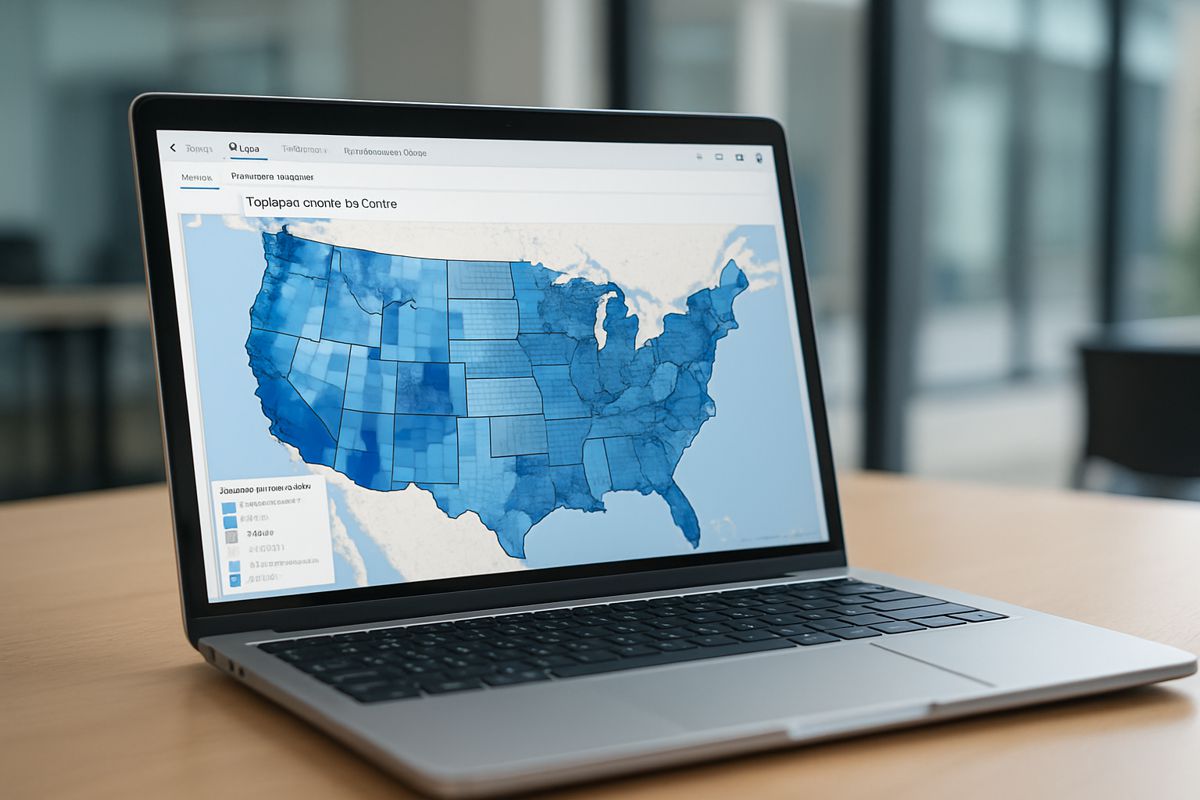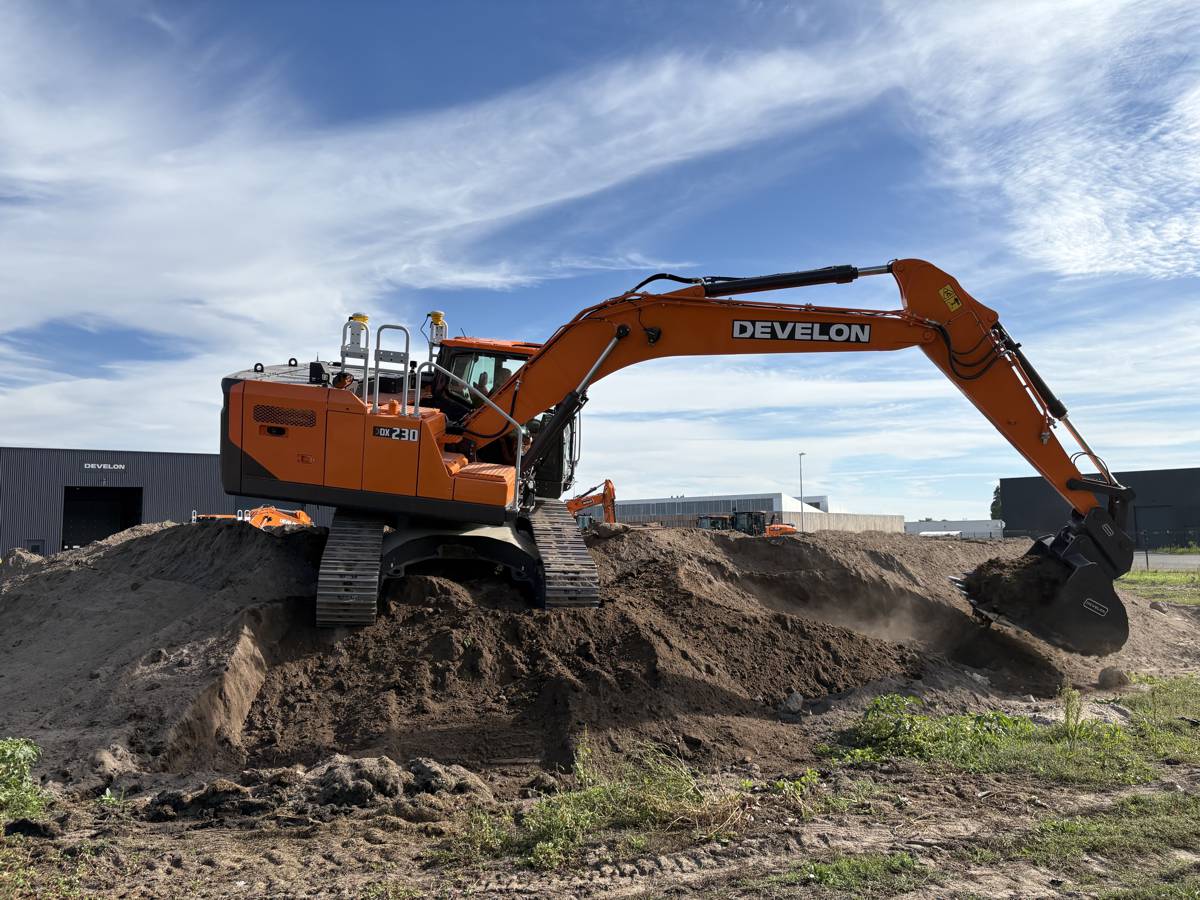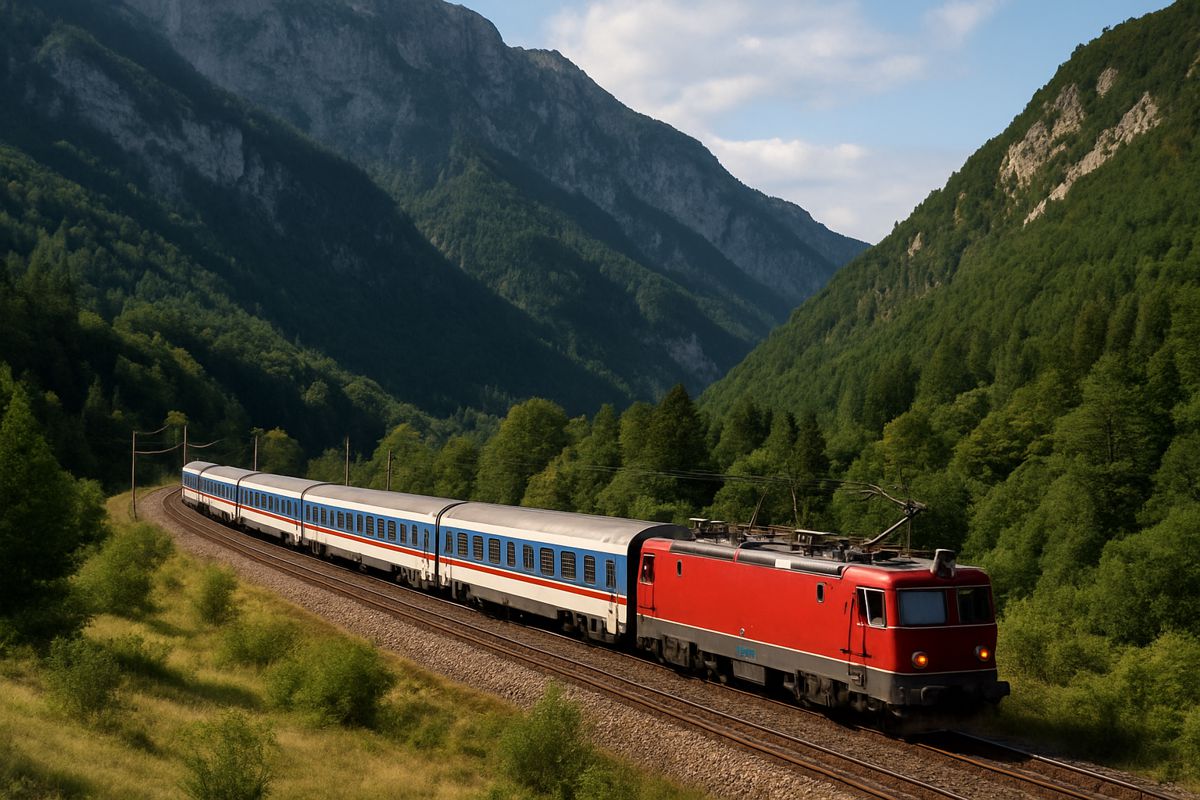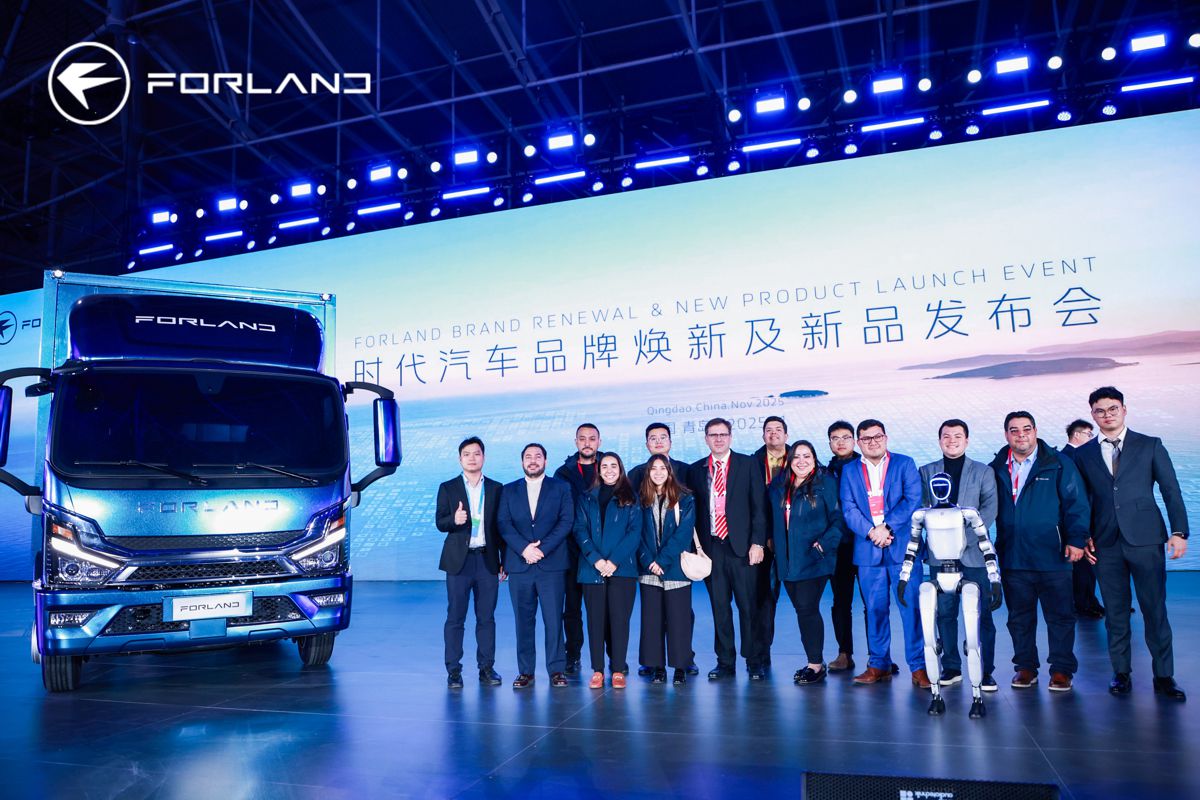Smarter Pipelines for a Safer Future
Millions of miles of ageing pipelines stretch beneath cities, farmlands and industrial corridors, supplying the natural gas, crude oil and refined fuels that keep modern economies running. Despite their critical importance, these buried networks are increasingly vulnerable. Cracks, leaks and catastrophic ruptures have become far too common across global energy systems.
Across the United States alone, pipeline incidents between 2002 and 2021 resulted in 276 deaths, more than 1,100 injuries and an economic toll exceeding 10 billion dollars. Roughly 650 serious incidents occur each year, creating a longstanding safety challenge that continues to raise concerns for regulators, asset owners and engineering teams.
Yet in many cases, these failures stem from a simple issue: pipelines often go years without a thorough internal inspection. Countless assets remain inaccessible to traditional inspection tools, creating hazardous blind spots within networks that support daily life.
Understanding The Challenge Of Unpiggable Pipelines
The industry has long relied on in-line inspection tools, commonly known as pigs, which use magnetic flux leakage and ultrasonic technologies to scan pipeline walls. These work well for long, straight sections of modern pipelines. However, many parts of national networks were built decades ago with narrow bends, outdated valves and unconventional geometries.
These legacy segments, often called unpiggable pipelines, cannot accommodate rigid inspection tools. They twist through tight radiuses, change diameters abruptly and include fittings that physically block conventional devices. As a result, critical information remains out of reach, leaving operators to rely on incomplete or outdated assessments.
Researchers at Arizona State University are tackling this issue head-on. Supported by the U.S. National Science Foundation, their interdisciplinary project is developing a new generation of robotic and artificial intelligence technologies designed to make pipeline inspections safer, smarter and far more comprehensive.
Soft Robotics Designed For Complex Conditions
At the centre of this research is Wenlong Zhang, an associate professor of manufacturing engineering in ASU’s School of Manufacturing Systems and Networks. As principal investigator, Zhang leads the development of soft, flexible robotic platforms capable of navigating the very pipelines conventional tools cannot reach.
Zhang explains the challenge clearly: “Pipelines can be inspected using in-line tools with magnetic flux leakage and ultrasonic waves. However, due to the complex geometries of pipelines, over- or undersized valves, small-radius bends and other challenges, many critical segments of the 2.6 million miles of pipeline in the U.S. are uninspected.”
Inspired by inchworms, the team’s autonomous inspection robot uses inflatable fabric actuators to grip, stretch and propel itself through constrained spaces. Its lightweight sensors detect cracking, corrosion and structural irregularities, while its flexible frame adapts to the pipeline’s shifting geometry.
Zhang highlights the broader significance of the work: “This project will allow us to significantly improve the efficiency, endurance and autonomy level of future in-pipe robots.”
Beyond the immediate engineering benefits, the platform demonstrates how soft robotics could reshape the way ageing infrastructure is monitored and maintained.
Predicting Failures Before They Occur
While Zhang’s robots gather data deep inside the pipeline, another crucial component of the project focuses on understanding how that data translates to real-world risk. This effort is led by Yongming Liu, a professor of mechanical and aerospace engineering within ASU’s School for Engineering of Matter, Transport and Energy.
Liu’s team blends engineering theory with advanced machine learning models to analyse pipeline conditions under fluctuating pressures, corrosive environments and mechanical stresses. Their goal is to forecast how and when a pipeline may fail, offering operators time to intervene long before problems escalate.
Liu emphasises the societal importance of this work: “Energy infrastructure safety is fundamental to both the economy and public well-being. Many of these systems are aging and understanding how to extend their lives safely is a grand scientific and societal challenge.”
By estimating remaining service life and identifying emerging deterioration patterns, the models provide a proactive framework that reduces risk, cuts maintenance costs and strengthens operational resilience.
AI Tools That Explain Their Decisions
A key innovation in the ASU initiative comes from the work of Hao Yan, an associate professor of industrial engineering in the School of Computing and Augmented Intelligence. Yan’s team is refining AI techniques that can interpret data from multiple sources while offering clear, understandable reasoning behind every prediction.
Traditional AI tools often operate as black boxes. Yan aims to change that. The team’s interpretative AI fuses real-time sensor readings, physics-based simulations and decades of written accident reports into a unified risk-evaluation model. In doing so, it identifies patterns invisible to isolated datasets.
Crucially, the system expresses confidence levels and links its findings to known engineering principles, enabling regulators, engineers and operators to trust and act on its conclusions.
Yan describes its potential: “By teaching AI to read and learn from decades of pipeline accident reports, we can uncover recurring human, environmental and mechanical risk factors that traditional models overlook. These insights can give utilities early warnings about potential failures, protecting people’s safety and minimising costly service disruptions.”
This level of transparency is vital for safety-critical sectors where decisions must be defensible and grounded in evidence.
Aligning Innovation With Policy And Real-World Needs
Even the most advanced technologies require thoughtful integration into industry practice. This is where Hanna Breetz, an associate professor in ASU’s School of Sustainability, plays a crucial role. Her work connects the technical breakthroughs with regulatory frameworks, stakeholder priorities and evolving safety standards.
Breetz’s team conducts interviews with policymakers, industry leaders and public interest groups to identify barriers and opportunities for adoption. Their insights shape the design of robotic and AI systems to ensure they support emerging codes, align with operator capabilities and remain feasible for industry-wide deployment.
As the project continues, Breetz will translate research findings into reports, briefings and outreach materials that help governments and utilities understand the implications and benefits of adopting next-generation pipeline inspection technologies.
Field Demonstrations And Industry Collaboration
To prepare the technologies for real-world deployment, the project partners with Michigan State University and GTI Energy, a leading organisation in energy-transition technologies. GTI Energy’s Illinois test site provides a controlled environment where pipeline robots and AI systems can be evaluated under realistic operational conditions.
These demonstrations allow researchers to gather performance data, refine designs and incorporate feedback from industry experts. They also help establish trust among operators who will one day rely on these tools to safeguard public safety and infrastructure resilience.
The collaboration highlights the growing movement toward intelligent infrastructure systems that monitor themselves, detect early warning signs and empower engineers to make informed maintenance decisions.
Looking Towards A Safer Infrastructure Landscape
The interdisciplinary nature of ASU’s initiative makes it especially significant. By bringing together experts in soft robotics, mechanical engineering, artificial intelligence and sustainability policy, the project demonstrates how complex infrastructure challenges can be addressed through holistic, cross-disciplinary innovation.
As Liu summarises: “This project will demonstrate that proactive, data-informed safety management is possible on a national scale.”
While the initial focus lies beneath our feet, the implications stretch far beyond buried pipelines. The same principles could apply to water networks, district heating systems, offshore energy assets and transportation infrastructure, reshaping how society monitors and protects the systems vital to modern life.
A Positive Step Toward Resilient Infrastructure
Through intelligent robotics, data-driven forecasting and transparent AI, the ASU research team is charting a course toward safer pipelines and more resilient energy systems. Their work underscores the power of engineering innovation to reduce risk, prevent disasters and extend the life of essential infrastructure.
The technologies emerging from this project may one day operate autonomously through vast underground networks, quietly preventing failures long before they occur. As energy demands continue to rise, such advancements offer a forward-looking approach to safeguarding communities and strengthening national infrastructure.
